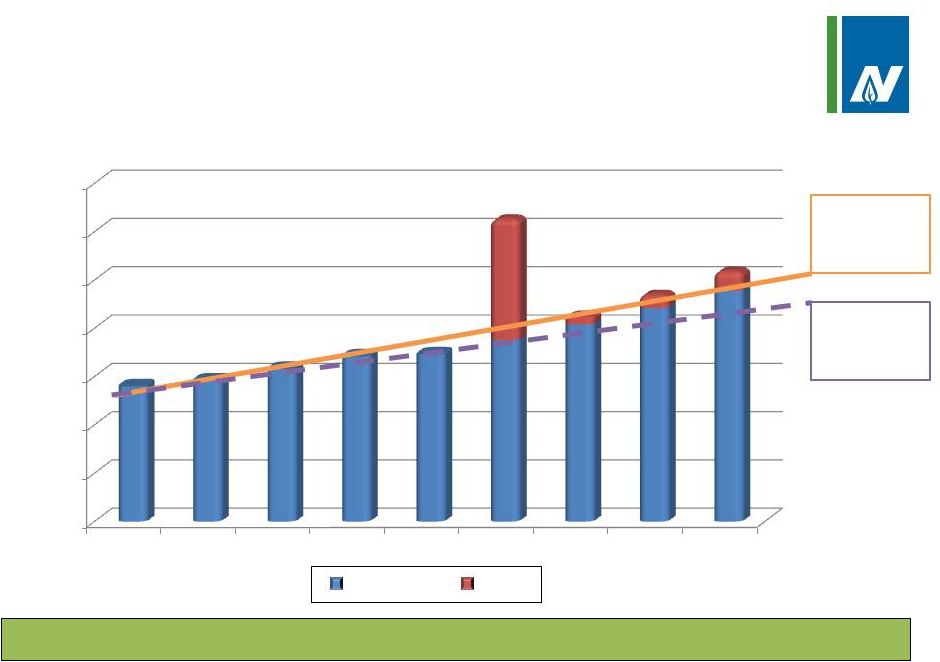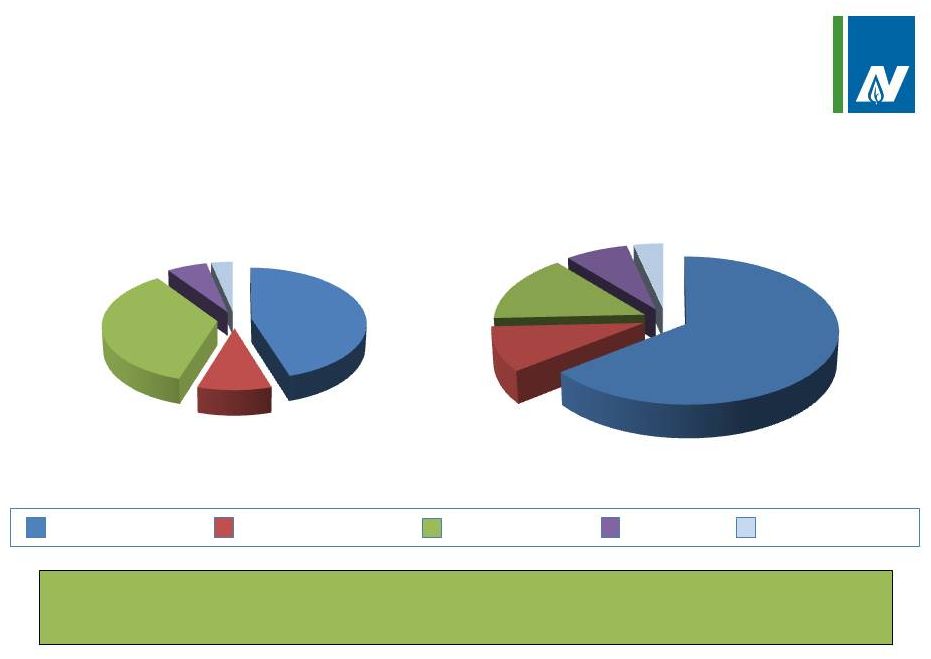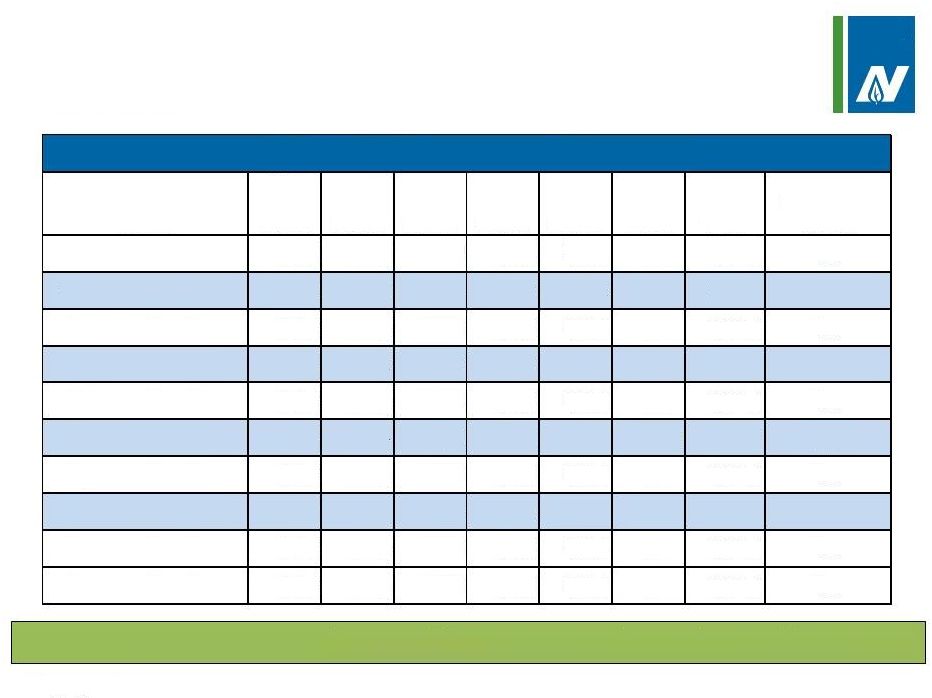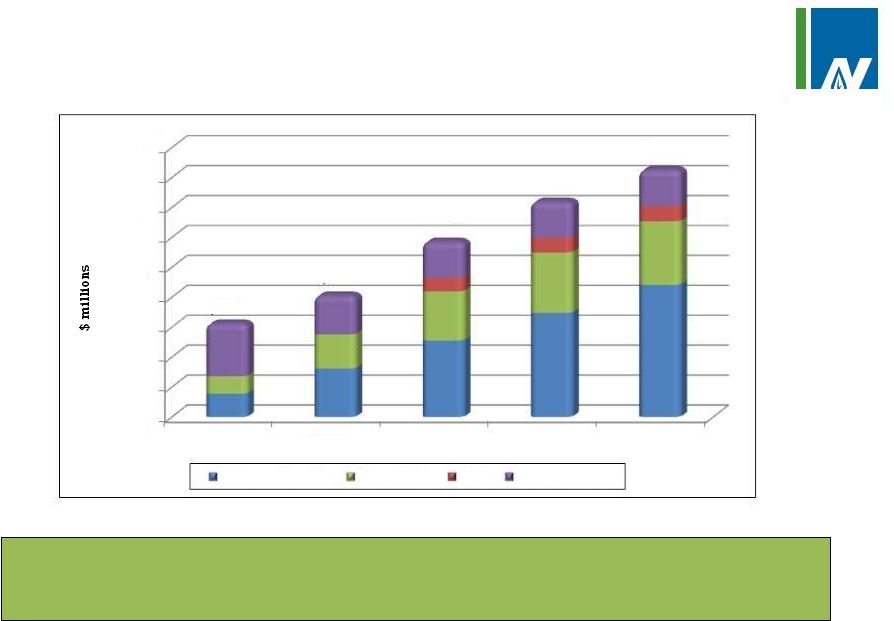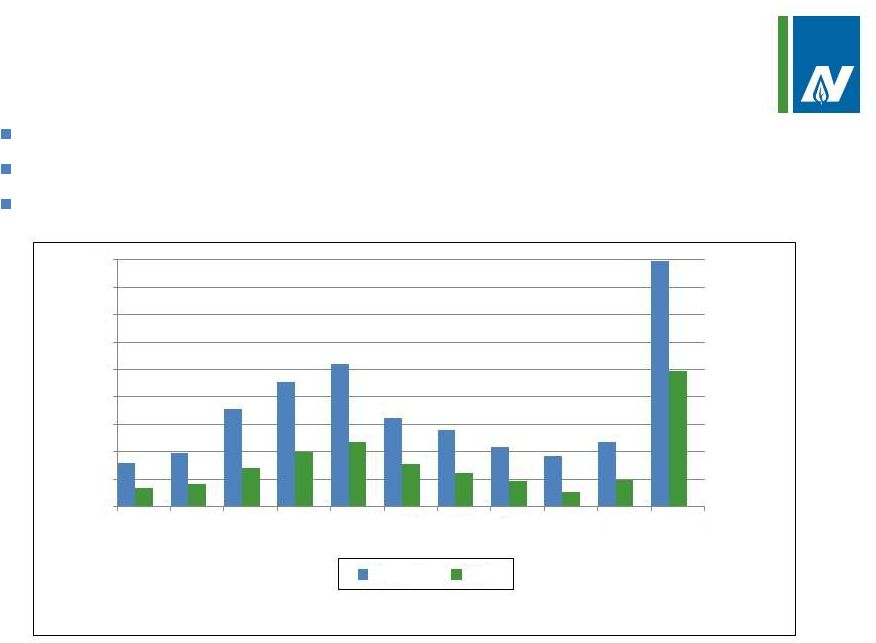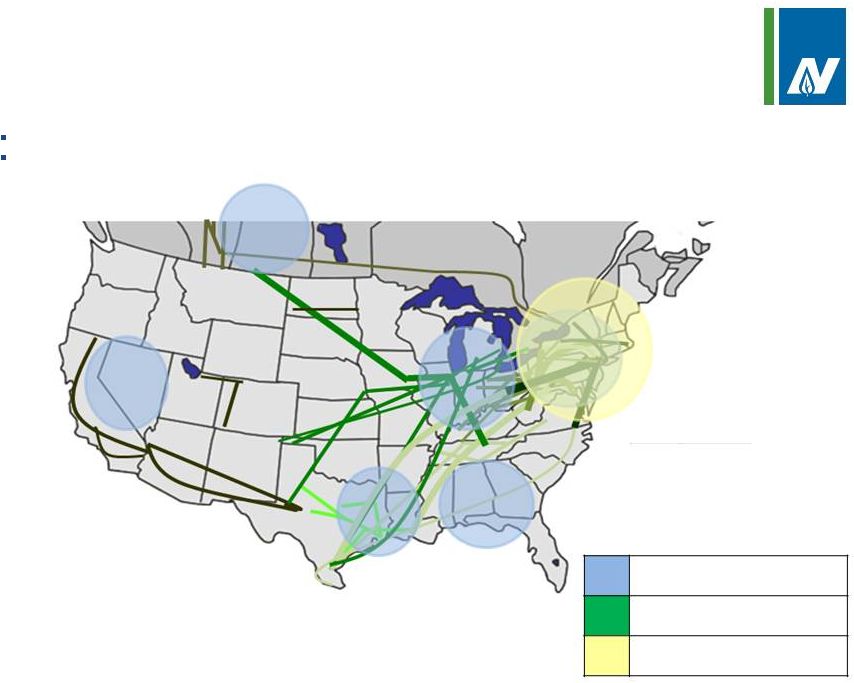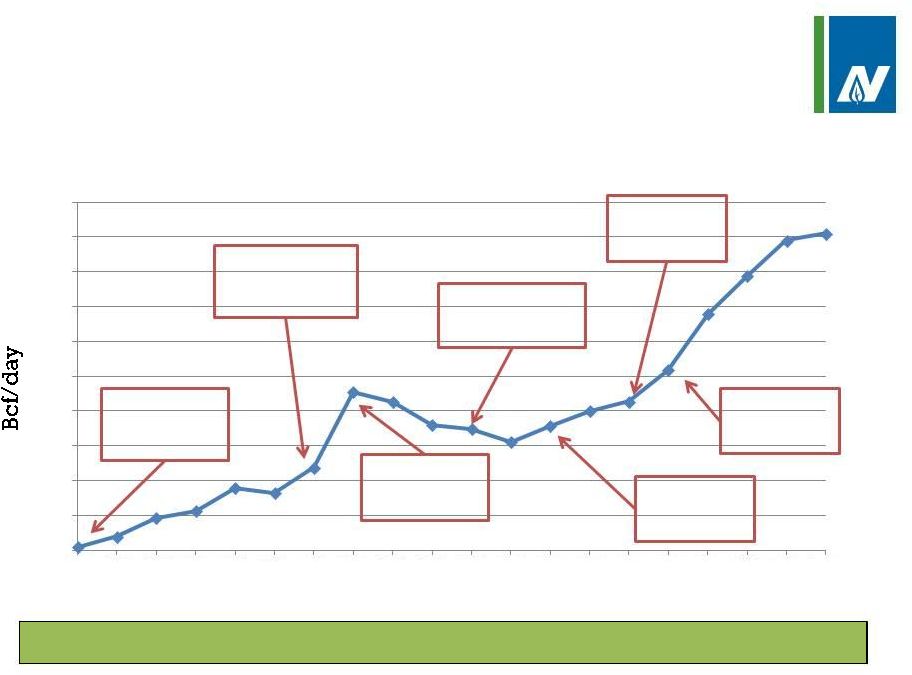Regarding Forward-Looking Statements 1 Certain statements contained in this presentation are forward-looking statements within the meaning of the Private Securities Litigation Reform Act of 1995. Words such as “anticipates,” “estimates,” “expects,” “projects,” “may,” "will," “intends,” “expects,” "believes," or “should” and similar expressions may identify forward-looking information and such forward-looking statements are made based upon management’s current expectations and/or beliefs as of this date or a prior date concerning future developments and their potential effect upon New Jersey Resources (NJR or the Company). There can be no assurance that future developments will be in accordance with management’s expectations or that the effect of future developments on NJR will be those anticipated by management. NJR cautions persons reading or hearing this presentation that the assumptions that form the basis for forward-looking statements including, but not limited to, certain statements regarding NJR's NFE for fiscal 2014, forecasted contribution of business segments to fiscal 2014 NFE and to NFE beyond fiscal 2014, NJR’s long-term NFE per share growth rate goal, and earnings guidance, NJR’s future dividend growth rate and payout ratio, long-term benefits of increased NFE, future NJNG capital expenditures, NJNG incremental utility gross margin, NJRES’ estimated margin for fiscal 2014, and NJR’s long-term NFE per share growth rate include many factors that are beyond the Company’s ability to control or estimate precisely, such as estimates of future market conditions and the behavior of other market participants. The factors that could cause actual results to differ materially from NJR’s expectations include, but are not limited to, weather and economic conditions; demographic changes in the NJNG service territory and their effect on NJNG's customer growth; volatility of natural gas and other commodity prices and their impact on NJNG customer usage, NJNG's Basic Gas Supply Service incentive programs, NJRES' operations and on the Company's risk management efforts; changes in rating agency requirements and/or credit ratings and their effect on availability and cost of capital to the Company; the impact of volatility in the credit markets on our access to capital; the ability to comply with debt covenants; the impact to the asset values and resulting higher costs and funding obligations of NJR's pension and postemployment benefit plans as a result of downturns in the financial markets, a lower discount rate, and impacts associated with the Patient Protection and Affordable Care Act; accounting effects and other risks associated with hedging activities and use of derivatives contracts; commercial and wholesale credit risks, including the availability of creditworthy customers and counterparties and liquidity in the wholesale energy trading market; the ability to obtain governmental approvals and/or financing for the construction, development and operation of certain non-regulated energy investments; risks associated with the management of the Company's joint ventures and partnerships; risks associated with our investments in renewable energy projects and our investment in an on-shore wind developer, including the availability of regulatory and tax incentives, logistical risks and potential delays related to construction, permitting, regulatory approvals and electric grid interconnection, the availability of viable projects and NJR's eligibility for federal investment tax credits (ITC), and production tax credits (PTC), the future market for SRECs and operational risks related to projects in service; timing of qualifying for ITCs due to delays or failures to complete planned solar energy projects and the resulting effect on our effective tax rate and earnings; regulatory approval of NJNG’s planned infrastructure programs; the level and rate at which NJNG's costs and expenses (including those related to restoration efforts resulting from Superstorm Sandy) are incurred and the extent to which they are allowed to be recovered from customers through the regulatory process; access to adequate supplies of natural gas and dependence on third-party storage and transportation facilities for natural gas supply; operating risks incidental to handling, storing, transporting and providing customers with natural gas; risks related to our employee workforce, including a work stoppage; the regulatory and pricing policies of federal and state regulatory agencies; the possible expiration of the NJNG Conservation Incentive Program (CIP); the costs of compliance with present and future environmental laws, including potential climate change-related legislation; risks related to changes in accounting standards; the disallowance of recovery of environmental-related expenditures and other regulatory changes; environmental-related and other litigation and other uncertainties; risks related to cyber-attack or failure of information technology systems; and the impact of natural disasters, terrorist activities, and other extreme events on our operations and customers, including any impacts to utility gross margin and restoration costs. The aforementioned factors are detailed in the “Risk Factors” sections of our Annual Report on Form 10-K filed on November 26, 2013, as filed with the Securities and Exchange Commission (SEC) which is available on the SEC’s website at sec.gov. Information included in this presentation is representative as of today only and while NJR periodically reassesses material trends and uncertainties affecting NJR's results of operations and financial condition in connection with its preparation of management's discussion and analysis of results of operations and financial condition contained in its Quarterly and Annual Reports filed with the SEC, NJR does not, by including this statement, assume any obligation to review or revise any particular forward-looking statement referenced herein in light of future events. 1 | 


